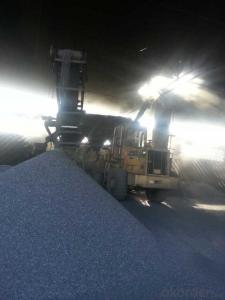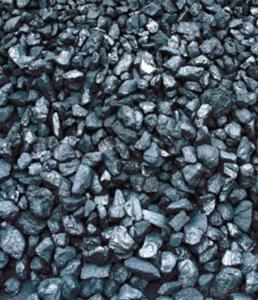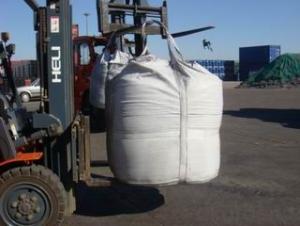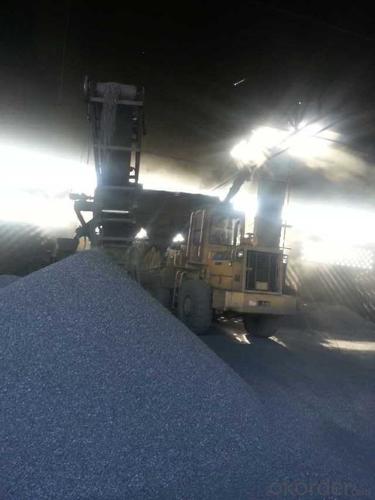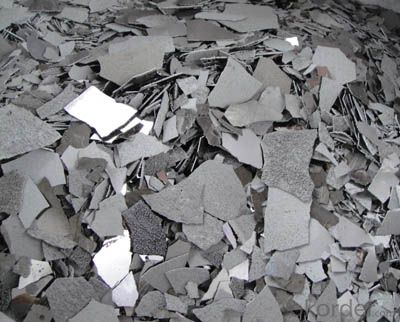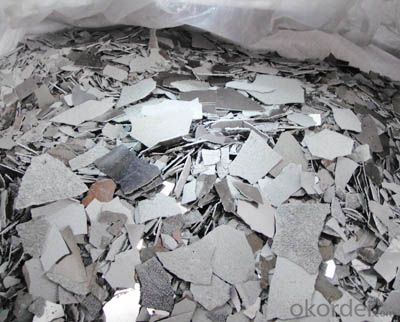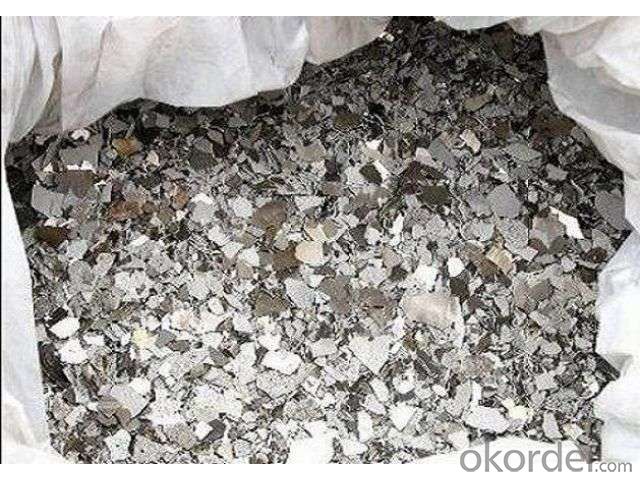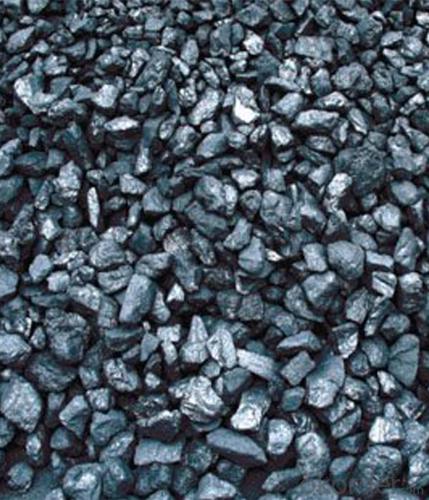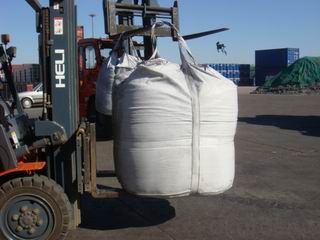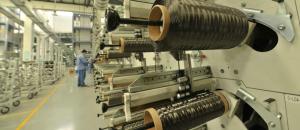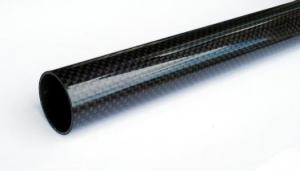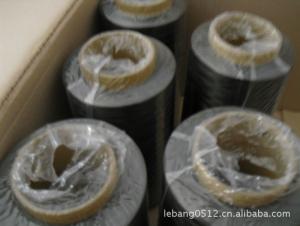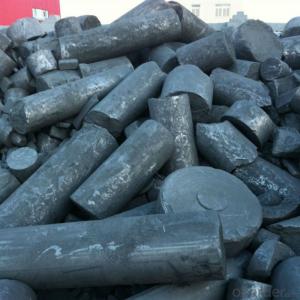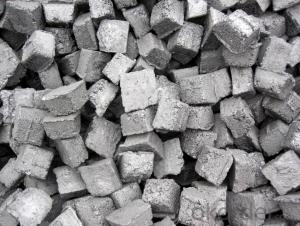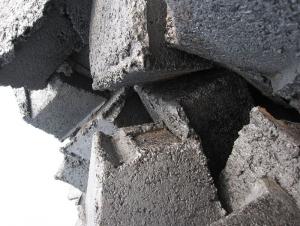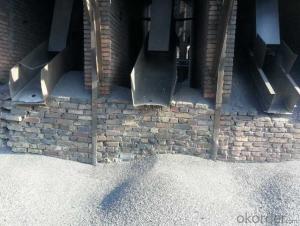FC 93% GAS Calcined Anthracite
- Loading Port:
- China Main Port
- Payment Terms:
- TT or LC
- Min Order Qty:
- -
- Supply Capability:
- -
OKorder Service Pledge
OKorder Financial Service
You Might Also Like
FC 93% GAS Calcined Anthracite
Date Sheet For Your Reference:
F.C | S | ASH | V.M | MOISTURE |
96%MIN | 0.18%MAX | 2.5%MAX | 1.2%MAX | 0.3%MAX |
95%MIN | 0.25%MAX | 4%MAX | 1.2%MAX | 0.5%MAX |
94%MIN | 0.3%MAX | 4.5%MAX | 1.2%MAX | 0.5%MAX |
93%MIN | 0.3%MAX | 5.5%MAX | 1.2%MAX | 0.5%MAX |
92%MIN | 0.3%MAX | 6.5%MAX | 1.2%MAX | 0.5%MAX |
91%MIN | 0.3%MAX | 7.5%MAX | 1.5%MAX | 0.5%MAX |
90%MIN | 0.35%MAX | 8.5%MAX | 1.5%MAX | 0.5%MAX |
Application
1. This product can be used in steel producing as a kind of carbon additive
2. We can get high quality steel if use it.
3. It can also be used in special steel producing and casting or other related industry
4. It can be used as carbon raiser (Recarburizer) to produce high quality steel, cast iron and alloy.
5. It can also be used in plastic and rubber as an additive.
6. Used as carbon raiser (Recarburizer) to produce high quality steel, cast iron and alloy.
7. It can also be used in plastic and rubber as an additive.
Package:
1) 1mt jumbo bag
2) Only25kgs small bags
3) 25kgs*40 in 1mt jumbo bags
4) Size:1-4mm 1-3mm 1-5mm 2-6mm 3-5mm 1-10mm
5) We can produce as customer’s requirement
6) Delivery time:15day against contract
7) Proction Ability:1000mt/month
Why Choose Calcined Anthracite ?
It may substitute massively refinery coke or the stone grinds.
Its cost is much less than the refinery coke and the stone grinds.
Use as the fuel, its calorific value achieve above 9386K/KG. It substitute burnt carbon massively.
Burnt carbon export have quota;so the carbon additive price superiority is similarly obvious.
Pictures of Calcined Anthracite:
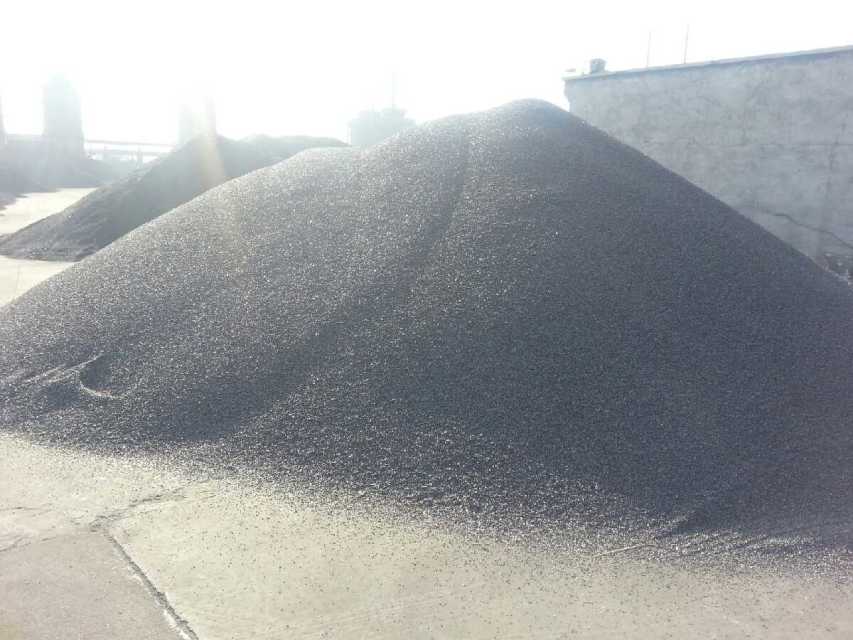
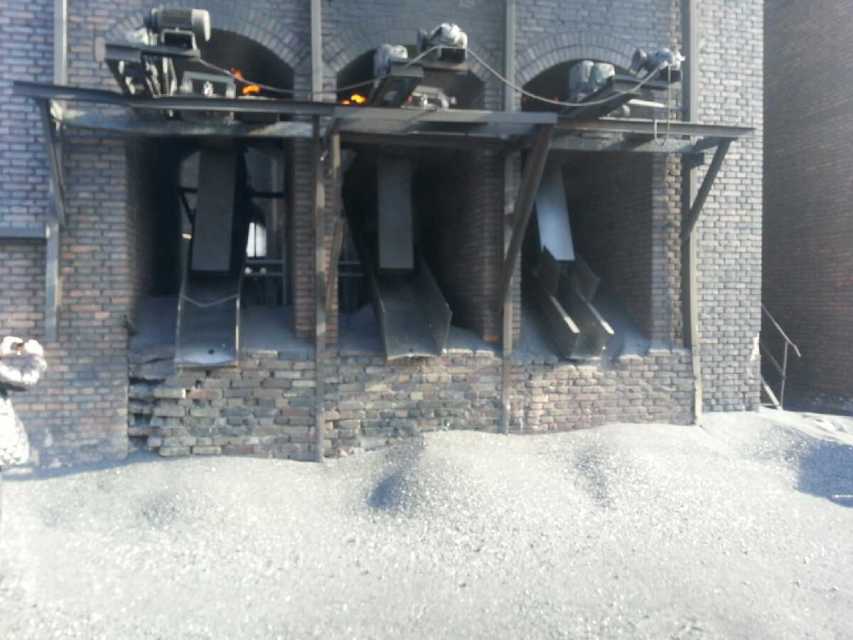
- Q: What are the effects of ocean acidification on marine life?
- Ocean acidification is a significant issue that poses numerous detrimental effects on marine life. The primary cause of this phenomenon is the increase in carbon dioxide (CO2) emissions, which are absorbed by the oceans, leading to a decrease in pH levels. As the ocean becomes more acidic, it has profound consequences for various marine organisms and ecosystems. One of the most vulnerable groups impacted by ocean acidification is shell-forming organisms, such as corals, mollusks, and some types of plankton. The increasing acidity reduces the availability of carbonate ions, a vital component for these organisms to build and maintain their shells or skeletons. As a result, their growth and development are hindered, making them more susceptible to predation and extinction. This not only affects these individual species but also disrupts the entire food web, as they serve as a crucial food source for many other marine organisms. Furthermore, ocean acidification has adverse effects on various marine organisms' physiology and behavior. Studies have shown that it can impair the ability of fish to detect predators, find food, and navigate, which can lead to reduced survival rates and altered migratory patterns. Additionally, acidification can disrupt reproductive processes, such as the growth and survival of fish larvae, leading to population declines and reduced biodiversity. Coral reefs, often referred to as the "rainforests of the sea," are particularly vulnerable to ocean acidification. The increased acidity inhibits the calcification process essential for coral growth, making them more susceptible to bleaching and death. As coral reefs provide crucial habitats for numerous marine species, their decline would have cascading effects on the entire ecosystem. Lastly, ocean acidification also impacts the balance of marine ecosystems by altering the composition and abundance of various species. Some organisms, such as certain types of algae, may actually benefit from increased CO2 levels and thrive, leading to an imbalance in the ecosystem. This can result in the dominance of certain species, negatively impacting the overall biodiversity and stability of the marine environment. In conclusion, ocean acidification poses significant threats to marine life. It disrupts the growth and development of shell-forming organisms, impairs the physiology and behavior of various marine species, damages coral reefs, and alters the composition of marine ecosystems. Addressing this issue is crucial to protect marine biodiversity, sustain fisheries, and maintain the overall health of our oceans.
- Q: What are the consequences of increased carbon emissions on forest ecosystems?
- Forest ecosystems experience significant consequences due to the increase in carbon emissions. One of the most notable effects is the modification of climate and weather patterns. The excessive presence of carbon dioxide in the atmosphere results in the retention of heat, leading to global warming. This rise in temperature can disrupt the delicate equilibrium of forest ecosystems. The warmer temperatures can cause shifts in the distribution and composition of tree species, as some may struggle to adapt to the changing conditions. Another outcome of the rise in carbon emissions is the acidification of rainwater. When carbon dioxide combines with water vapor, it creates carbonic acid, which can fall as acid rain. Acid rain has detrimental impacts on forest ecosystems, as it extracts vital nutrients from the soil and damages tree leaves and other vegetation. This weakens the overall health of the forest and makes it more susceptible to diseases and pests. Moreover, increased carbon emissions contribute to the intensification of wildfires. Higher temperatures and drier conditions provide an ideal environment for fires to spread and occur more frequently. Forests that have evolved to withstand natural fire patterns may struggle to cope with the increased intensity and frequency of these fires. This can result in the loss of biodiversity, destruction of habitat, and long-term degradation of forest ecosystems. Lastly, increased carbon emissions contribute to the phenomenon known as ocean acidification, where excess carbon dioxide is absorbed by the oceans. This acidification can impact the well-being of coastal and marine ecosystems, which are intricately connected to forest ecosystems. Many forest ecosystems, such as mangroves and salt marshes, serve as important nursery habitats for marine species. If these forest ecosystems decline due to carbon emissions, it can have cascading effects on the health and productivity of coastal and marine ecosystems. Overall, the increase in carbon emissions has wide-ranging consequences on forest ecosystems. It alters climate patterns, causes acid rain, intensifies wildfires, and affects coastal and marine ecosystems. These impacts not only harm the trees and vegetation within the forests but also disrupt the delicate balance of the entire ecosystem, resulting in the loss of biodiversity and long-term degradation. It is crucial to mitigate carbon emissions and promote sustainable practices to minimize these consequences and preserve the health and integrity of forest ecosystems.
- Q: What are the benefits of carbon-neutral technologies?
- Carbon-neutral technologies have numerous benefits that make them a vital solution in combating climate change and creating a sustainable future. Firstly, these technologies help to reduce greenhouse gas emissions, particularly carbon dioxide, which is the primary contributor to global warming. By transitioning to carbon-neutral technologies, we can significantly decrease our carbon footprint and mitigate the harmful effects of climate change. Secondly, carbon-neutral technologies promote energy efficiency and resource conservation. Many of these technologies, such as renewable energy sources like solar and wind power, harness natural resources that are infinite and readily available. This reduces our reliance on finite fossil fuels, which not only helps to protect the environment but also reduces the volatility of energy prices. Furthermore, embracing carbon-neutral technologies can lead to improved air quality and public health. Traditional energy sources like coal and oil contribute to air pollution and have detrimental health effects on humans, such as respiratory issues and cardiovascular diseases. By transitioning to cleaner technologies, we can reduce air pollution and improve the quality of life for individuals and communities. In addition, carbon-neutral technologies can stimulate economic growth and create new job opportunities. The development, installation, and maintenance of renewable energy infrastructure require skilled workers, leading to job creation and economic development. This transition can also reduce dependency on imported energy sources, leading to greater energy independence and national security. Lastly, by adopting carbon-neutral technologies, we can demonstrate global leadership and contribute to international efforts to combat climate change. Countries that embrace these technologies become role models for others and encourage global cooperation in reducing greenhouse gas emissions. In conclusion, the benefits of carbon-neutral technologies are vast and multidimensional. They not only help mitigate climate change and reduce greenhouse gas emissions but also promote energy efficiency, improve air quality, stimulate economic growth, and contribute to global efforts in creating a sustainable future.
- Q: What are the impacts of carbon emissions on the stability of mountain glaciers?
- Carbon emissions have a significant impact on the stability of mountain glaciers. As carbon dioxide and other greenhouse gases accumulate in the atmosphere, they trap heat and contribute to global warming. This increase in temperature leads to accelerated melting of mountain glaciers, reducing their size and volume. The loss of glaciers not only affects the availability of freshwater resources but also disrupts local ecosystems, alters river flows, and poses a risk of glacial lake outburst floods. Moreover, melting glaciers contribute to rising sea levels, which can have far-reaching consequences for coastal communities and low-lying areas. Therefore, reducing carbon emissions is crucial to mitigate the adverse effects on the stability of mountain glaciers and preserve these vital natural resources.
- Q: What are the effects of carbon dioxide on ocean acidity?
- Carbon dioxide (CO2) has a significant impact on ocean acidity, leading to a phenomenon known as ocean acidification. When CO2 is released into the atmosphere through human activities such as burning fossil fuels, it gets absorbed by the oceans. This absorption process triggers a series of chemical reactions that result in the formation of carbonic acid, which lowers the pH of the seawater. The increased concentration of carbonic acid in the oceans disrupts the delicate balance of carbonate ions, which are essential for the formation of calcium carbonate. Many marine organisms, including coral reefs, shellfish, and plankton, rely on calcium carbonate to build their shells and skeletons. As the ocean becomes more acidic, the concentration of carbonate ions decreases, making it increasingly difficult for these organisms to form and maintain their protective structures. Ocean acidification poses a significant threat to marine ecosystems and biodiversity. Coral reefs, for example, are particularly vulnerable to the effects of acidification. As the acidity increases, the coral's ability to build and maintain its calcium carbonate structure is compromised, leading to the bleaching and eventual death of the reef. This loss of coral reefs has severe consequences for the countless species that depend on these ecosystems for food, shelter, and reproduction. Furthermore, ocean acidification also affects other marine organisms, such as shellfish and plankton. Shellfish, including oysters, clams, and mussels, depend on calcium carbonate to form their shells. As the acidity rises, the availability of carbonate ions decreases, making it harder for these organisms to build their protective shells. This, in turn, can result in reduced populations of shellfish, impacting not only the organisms themselves but also the industries and communities that rely on them for economic and cultural reasons. Plankton, which are the foundation of the marine food web, are also susceptible to the effects of increased ocean acidity. Many plankton species have calcium carbonate structures that provide them with buoyancy and protection. As the acidity rises, these structures weaken, making it harder for plankton to survive and reproduce. This disruption in the plankton community can have far-reaching consequences for the entire marine food chain, impacting fish, marine mammals, and ultimately, humans who rely on seafood as a primary source of protein. In conclusion, the effects of carbon dioxide on ocean acidity are significant and alarming. Ocean acidification threatens the health and stability of marine ecosystems, impacting vital organisms like coral reefs, shellfish, and plankton. Understanding and addressing this issue is crucial for the long-term health of our oceans and the countless species that depend on them.
- Q: Carbon emissions trading stocks latest list of carbon emissions trading stocks what?
- Carbon trading concept of a total of 21 listed companies, of which 12 carbon trading concept listed companies trading on the Shanghai Stock Exchange, and 9 other carbon trading concept listed companies trading in the Shenzhen stock exchange.Automatic matching based on the cloud financial leading excavator, carbon trading stocks leading shares most likely from the following stock was born in Tianke, electrical, environmental protection up to confidence.
- Q: What are the effects of carbon emissions on the stability of the atmosphere?
- Carbon emissions have significant effects on the stability of the atmosphere. The primary consequence is the intensification of the greenhouse effect, leading to global warming and climate change. Carbon dioxide (CO2), the main greenhouse gas emitted by human activities, traps heat in the atmosphere, preventing it from escaping into space. As a result, the Earth's average temperature rises, causing a range of adverse impacts. One effect of carbon emissions is the alteration of weather patterns. Increased atmospheric temperatures can result in more frequent and intense heatwaves, droughts, and wildfires. Conversely, it can also lead to heavier rainfall and more frequent and intense storms, including hurricanes and cyclones. These changes in weather patterns disrupt ecosystems, agriculture, and water availability, posing risks to human health, food security, and infrastructure. Another consequence of carbon emissions is the melting of polar ice caps and glaciers. As the atmosphere warms, ice sheets in Antarctica and Greenland melt, contributing to rising sea levels. This poses a significant threat to coastal regions, increasing the risk of inundation, erosion, and the loss of valuable ecosystems. The displacement of coastal communities and the loss of land also create social and economic challenges. Furthermore, carbon emissions contribute to ocean acidification. When CO2 is absorbed by seawater, it reacts with water molecules, forming carbonic acid. This process lowers the pH of the ocean, making it more acidic. Acidic waters harm marine life, particularly coral reefs and other organisms that rely on calcium carbonate to build their shells and skeletons. The degradation of coral reefs not only affects marine biodiversity but also impacts the livelihoods of communities dependent on fisheries and tourism. The stability of the atmosphere is also impacted by the feedback loops triggered by carbon emissions. For instance, as the Earth warms, permafrost in the Arctic regions starts to thaw, releasing large amounts of methane, another potent greenhouse gas. This release of additional greenhouse gases further amplifies global warming, creating a vicious cycle. In summary, carbon emissions have profound effects on the stability of the atmosphere. They contribute to global warming, altering weather patterns, causing the melting of ice caps, acidifying the oceans, and triggering feedback loops. Addressing carbon emissions through sustainable practices, renewable energy sources, and international cooperation is crucial to mitigate these effects and ensure a stable and habitable atmosphere for future generations.
- Q: What role does carbon play in the carbon cycle?
- Carbon plays a crucial role in the carbon cycle as it is the main element that cycles between the atmosphere, plants, animals, and the Earth's crust. It is released into the atmosphere through various processes like respiration, combustion, and volcanic activity, and then absorbed by plants through photosynthesis. Carbon is then transferred from plants to animals through the food chain. When plants and animals die, their organic matter decomposes and releases carbon back into the atmosphere or gets stored in the Earth's crust as fossil fuels. The carbon cycle helps maintain a balance of carbon dioxide in the atmosphere, which is vital for regulating Earth's temperature and supporting life on our planet.
- Q: How are carbon fibers used in manufacturing?
- Carbon fibers are widely used in manufacturing due to their exceptional strength, low weight, and high stiffness. These fibers are typically combined with a matrix material, such as epoxy resin, to create a composite material with enhanced properties. One of the primary applications of carbon fibers in manufacturing is in the aerospace industry. Carbon fiber composites are used to produce lightweight and durable components for aircraft and spacecraft, including wings, fuselages, and propellers. The high strength-to-weight ratio of carbon fibers allows for improved fuel efficiency and increased payload capacity. In the automotive industry, carbon fibers are used in the production of high-performance vehicles. By incorporating carbon fiber composites into the construction of car bodies, manufacturers are able to reduce weight, improve fuel efficiency, and enhance overall performance. Carbon fibers are also utilized in the manufacturing of various car components, such as steering wheels, brake systems, and suspension parts, to enhance their strength and durability. Carbon fiber composites are also extensively utilized in the sporting goods industry. They are commonly used in the production of bicycles, tennis rackets, golf clubs, and fishing rods, among others. The use of carbon fibers in these applications allows for lighter and more responsive equipment, resulting in improved performance for athletes. Furthermore, carbon fibers find application in the construction industry. They are used to reinforce concrete structures, such as bridges and buildings, to enhance their strength and durability. Carbon fiber-reinforced polymers (CFRPs) are also used in the repair and retrofitting of existing structures, providing additional strength and extending their lifespan. In summary, carbon fibers are used in manufacturing to create lightweight, strong, and durable composite materials. Their applications range from aerospace and automotive industries to sporting goods and construction. The utilization of carbon fibers offers numerous advantages, including improved performance, fuel efficiency, and overall product quality.
- Q: What are the main sources of carbon on Earth?
- The main sources of carbon on Earth are both natural and anthropogenic (caused by human activity). In terms of natural sources, carbon is present in the Earth's atmosphere in the form of carbon dioxide (CO2), which is released through natural processes such as volcanic eruptions, respiration by plants and animals, and the decay of organic matter. Carbon is also found in the Earth's lithosphere in the form of carbonate rocks, such as limestone and dolomite, which are formed from the shells and skeletons of marine organisms. Anthropogenic sources of carbon are primarily associated with the burning of fossil fuels, such as coal, oil, and natural gas, for energy production and transportation. When these fossil fuels are burned, carbon dioxide is released into the atmosphere, contributing to the greenhouse effect and climate change. Deforestation and land-use changes also release carbon stored in trees and vegetation into the atmosphere. Additionally, human activities like industrial processes, cement production, and waste management contribute to the emission of carbon dioxide and other greenhouse gases. These activities release carbon that has been locked away for millions of years, significantly altering the natural carbon cycle. Overall, while carbon is naturally present on Earth, human activities have significantly increased its release into the atmosphere, leading to concerns about climate change and the need for sustainable practices to reduce carbon emissions.
Send your message to us
FC 93% GAS Calcined Anthracite
- Loading Port:
- China Main Port
- Payment Terms:
- TT or LC
- Min Order Qty:
- -
- Supply Capability:
- -
OKorder Service Pledge
OKorder Financial Service
Similar products
Hot products
Hot Searches
